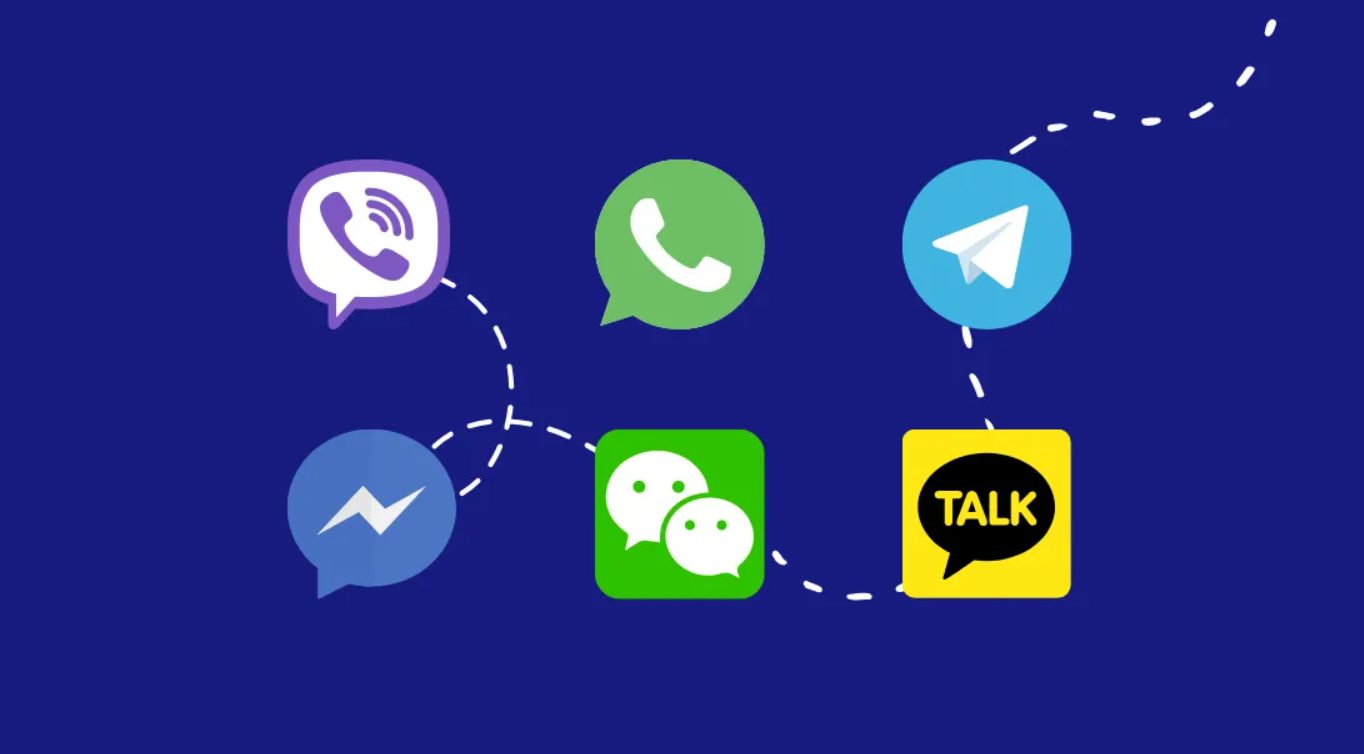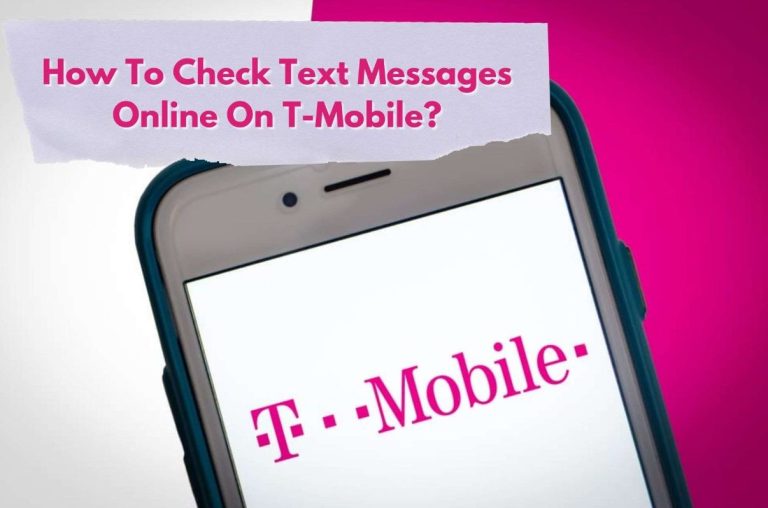In today’s fast-paced digital world, messaging apps have become the primary mode of communication for billions of people worldwide. From casual chats with friends and family to professional collaborations and customer service interactions, these apps have transformed the way we connect and interact. This comprehensive article explores the evolution of messaging apps, their impact on society, and the exciting innovations shaping their future.
Contents
The Rise of Messaging Apps
The story of messaging apps begins with the humble Short Message Service (SMS), commonly known as text messaging. Introduced in the early 1990s, SMS revolutionized communication by allowing users to send short text messages from their mobile phones. However, the high cost of SMS and the limitations of basic text messaging paved the way for the emergence of internet-based messaging apps.
Early internet-based messaging apps such as ICQ and AOL Instant Messenger gained popularity in the late 1990s and early 2000s. These apps allowed users to send instant messages to each other over the internet, often for free. However, these early apps were primarily limited to desktop computers and required users to be online simultaneously to communicate.
The Smartphone Revolution and the Rise of Mobile Messaging Apps
The launch of the iPhone in 2007 and the subsequent rise of smartphones revolutionized the messaging app landscape. The widespread availability of high-speed mobile internet and the development of user-friendly mobile apps led to the explosive growth of mobile messaging apps such as WhatsApp, WeChat, and Facebook Messenger.
These mobile messaging apps offered several advantages over traditional SMS and early internet-based messaging platforms. They were free to use, offered a richer messaging experience with features such as group chats, multimedia sharing, and voice and video calls, and allowed users to communicate seamlessly across different devices and platforms.
Messaging Apps: More Than Just Messaging
Messaging apps have evolved far beyond simple text messaging. They have become multi-functional communication hubs that offer various features and services beyond basic messaging. Some of the most common features found in modern messaging apps include:
- Group Chats: Allow users to create and participate in group conversations with multiple people.
- Multimedia Sharing: Enable users to share photos, videos, audio files, and other media content.
- Voice and Video Calls: Provide users with the ability to make voice and video calls directly from the app.
- Stickers and Emojis: Add a fun and expressive element to conversations.
- Payments and Money Transfers: Allow users to send and receive money directly within the app.
- Games and Entertainment: Offer users access to games, quizzes, and other entertainment content.
- Business and Customer Service: Provide businesses with tools to communicate with customers and provide support.
The Impact of Messaging Apps on Society
Messaging apps have had a profound impact on society, transforming the way we communicate, interact, and consume information. Some of the key impacts of messaging apps include:
- Increased Connectivity: Messaging apps have made it easier than ever to stay connected with friends, family, and colleagues, regardless of location or time zone.
- Enhanced Communication: The rich messaging experience offered by modern messaging apps has made communication more engaging and expressive.
- Empowerment of Individuals: Messaging apps have given individuals a powerful platform to express their views, share information, and organize movements.
- Democratization of Information: The widespread use of messaging apps has made information more accessible and has given a voice to marginalized communities.
- Disruption of Traditional Industries: Messaging apps have disrupted traditional industries such as telecommunications, media, and retail.
The Future of Messaging Apps
The future of messaging apps is full of exciting possibilities. Some of the key trends shaping the future of messaging apps include:
- Artificial Intelligence (AI) and Chatbots: AI-powered chatbots are becoming increasingly sophisticated, offering personalized recommendations, answering questions, and even providing emotional support.
- Augmented Reality (AR) and Virtual Reality (VR): AR and VR technologies are being integrated into messaging apps, creating immersive and interactive experiences.
- Blockchain and Cryptocurrency: Blockchain technology is being explored to enhance security, privacy, and enable new features such as decentralized messaging and micropayments.
- 5G and High-Speed Connectivity: The rollout of 5G networks will enable faster and more reliable messaging experiences, opening up new possibilities for real-time communication and multimedia sharing.
- Integration with the Internet of Things (IoT): Messaging apps are being integrated with IoT devices, allowing users to control their smart homes, appliances, and other connected devices directly from the app.
Conclusion
Messaging apps have come a long way from their humble beginnings as simple text messaging tools. They have become an integral part of our daily lives, shaping the way we communicate, interact, and consume information. As technology continues to advance, messaging apps are poised to evolve even further, offering new and innovative features that will transform the way we connect and engage with the world around us. The future of messaging apps is bright, and we can expect to see even more exciting developments in the years to come.
Read More: The Unseen Power of Texting Apps: A Deep Dive into the Future of Communication





